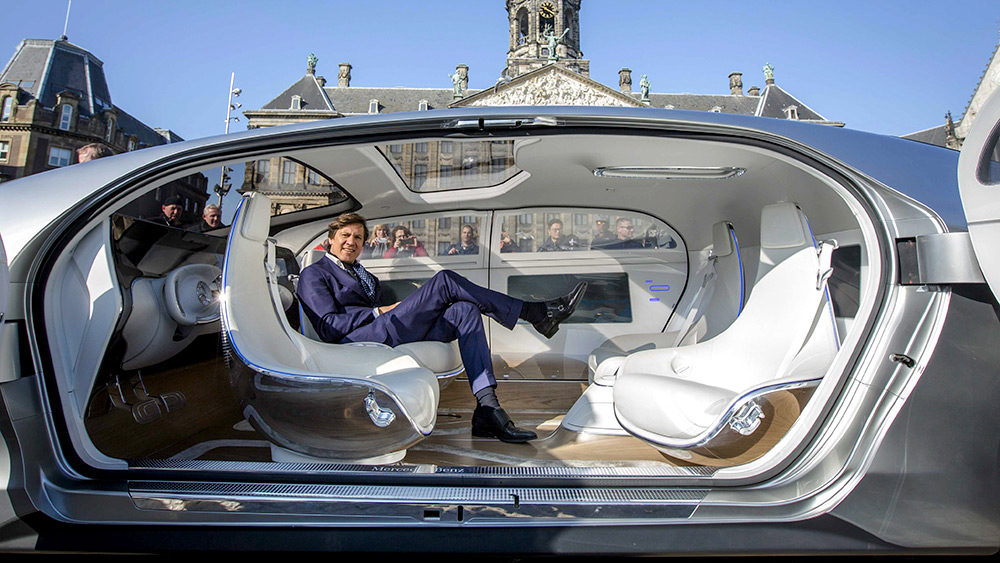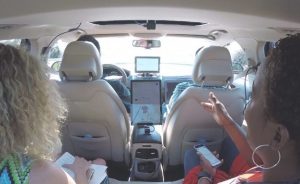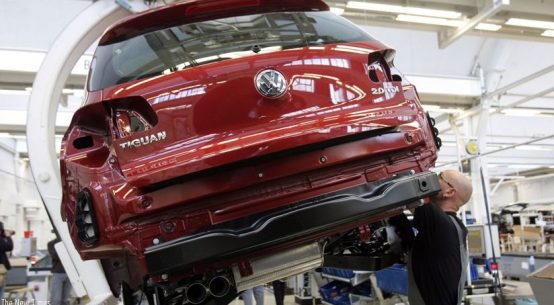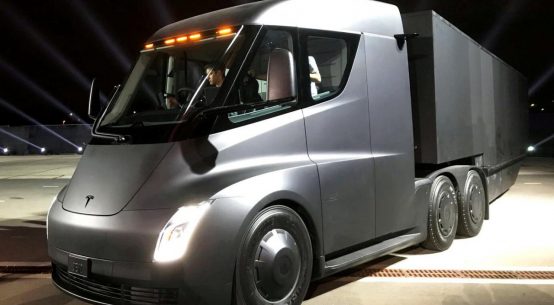
Even as carmakers and tech companies make bold plans for an imminent autonomous future, consumers are greeting the notion of self-driving cars with trepidation. High levels of apprehension have been documented among prospective riders in recent years, and two recently released studies further underscore the uphill climb faced by companies with deployments on the horizon. The intended customers are not yet convinced that autonomous cars will be safe and trustworthy.
According to new research released by global technology consulting firm Gartner Fifty-five percent of respondents would not consider riding in a fully autonomous vehicle, The fear of technology failures and security were some of the reasons cited by 1519 respondents in the United States and Germany who said they’d feel uncomfortable with the self-driving vehicles.
“Fear of autonomous vehicles getting confused by unexpected situations, safety concerns around equipment and systems failures, and vehicle and system security are top concerns around using fully automated vehicles,” said Mike Ramsey, research director at Gartner.

The research builds on an earlier study from AAA, the nation’s largest auto club, which found that 75 percent of Americans are afraid of riding in autonomous vehicles. That figure caused a healthy dose of consternation in both Silicon Valley and Detroit and provided a timely reminder for engineers that their work involves more than fine-tuning algorithms.
While the Gartner survey provides an additional high-level overview of customer acceptance, researchers at Intel recently embarked on a field study that provides an unfettered understanding of what a handful of ordinary people felt about riding around in self-driving vehicles. More important, perhaps, these studies provide real insight into ways that manufacturers and others can address the fears before these vehicles reach the road.
Intel brought 10 people with a wide variety of backgrounds–all with no previous experience with self-driving tech–to its Chandler, Arizona, campus. The company is better known for providing the rapidly improving processing power that’s behind many autonomous systems but has invested billions in autonomous-driving over the past year. Now it wants a better understanding of how the broader market will take shape.
Researchers talked to participants about their preconceived fears and notions regarding autonomous cars, then let them ride as passengers in a ride-hailing scenario that required them to request a vehicle, start a trip, make destination changes along the way, and handle the unexpected.
“Prior to the drives, nearly every person was anxious, and they were in that majority of society who doesn’t trust these machines, who will never put their kin in an autonomous vehicle and watch them drive away,” said Jack Weast, senior principal engineer and chief systems architect of Intel’s autonomous-driving group. “Every one of them said, ‘You’ve changed my perception of this,’ and it’s because we took the time to explain how the technology works and made attempts, though not perfect, to design an in-vehicle experience that will help build trust.”
For all the reassurance participants gained, Intel received much more in return. Researchers identified seven specific insights, some of which they predicted and some that came as complete surprises.
Researchers say they were taken aback by clear contradictions in the comments and findings. Riders enjoyed newfound privacy in their vehicles but missed having a driver who could answer questions or provide simple conversation. Riders wanted to be aware of why the car made the decisions it did, but they didn’t want to be burdened with too much information being provided by vehicle systems. They said they wanted some visualization of the car’s view of the road ahead, yet they spent most of their time looking out the window and watching the road to validate its movements.
Issues surrounding control—or lack thereof—may be the most vexing for researchers. While 55 percent of respondents told Gartner they would not consider riding in a fully autonomous car, more than seven in 10 said they’d consider riding in a partly autonomous car. These results suggest that those companies taking an incremental approach in developing autonomous cars that require a handoff between man and machine could have an upper hand in winning over early adopters.
On the other hand, Intel found having cars that can be controlled by both humans and self-driving systems can really freak out riders, who were reminded of their unease by the sight of steering wheels that moved without input from drivers or brake pedals that actuated under the control of self-driving systems. Removing these elements could actually soothe fears.
“Legacy features of the steering wheel and pedals are bothersome,” Weast said. “There’s this notion that, ‘I’ll have to intervene.’ If those instruments are there, that human tendency of wanting to be in control will remain. If we want people to give up control, it’s important to give up those legacy features because they add to anxiety.”
In ride-hailing scenarios, another problem is that passengers are accustomed to providing an initial address and then telling drivers specifically where they want to be dropped off as they approach the destination, whether a specific corner or a doorway on the side of a building. Helping autonomous systems figure out exactly where along the curb a passenger wants to exit will require some work, Weast said, whether that’s through voice commands, gesture controls or some combination of both.
Though Intel staged the rides as ride-hailing scenarios, several participants quickly imagined the world where autonomous vehicles aren’t only available as robot-taxis, but as traditionally owned vehicles that remained in their garages at night. They asked about space to store their own pillows and blankets, desks for working and places to keep the toy.
“And another thing that came up was, how do I set the mode, or have a mode selector, for when I’m working or I want to relax or I want to sleep?” Weast said. “Those were things raised by those who made that leap beyond mobility-on-demand services, to make it their owned space that could be customized for their lives and their family.”
Intel plans a follow-up study that increases the number of participants, sets them on longer 30- to 60-minute drives, and varies the environment between urban and rural settings. For now, the results suggest that, for all the work already put into developing autonomous technology, there’s still much to be learned about human beings and how they want to actually use self-driving vehicles.








